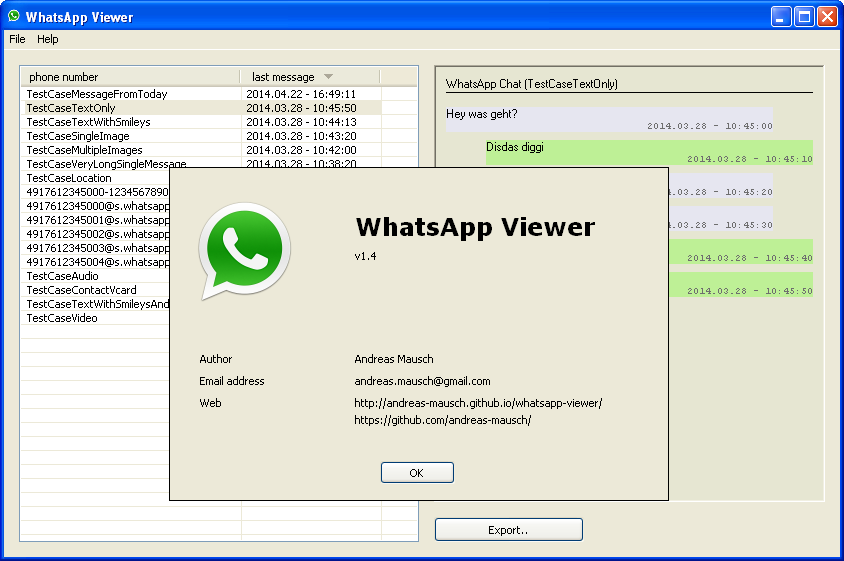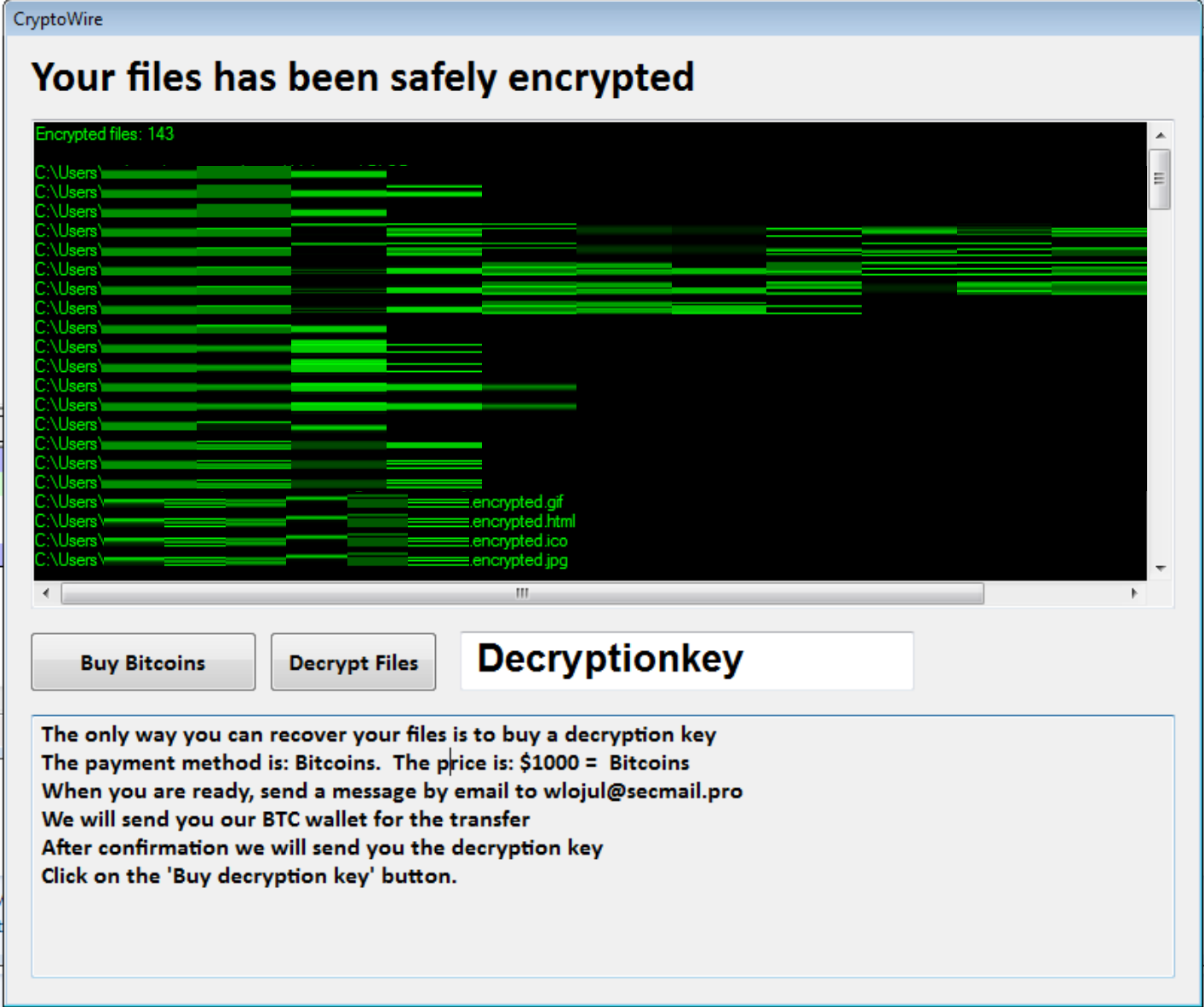After the encryption it will rename the files as a HTML file, with inside the original encrypted file. If you try to open any of these encrypted files, you will be redirect to the malcious web page, which is currently at xblblock.com, that will display the same screen of the “Decrypt Protect MBL Advisory” and will try to persuade you to pay the ransom in the form of a MoneyPak voucher.
OpenSSL is a powerful cryptography toolkit that can be used for encryption of files and messages.
If you want to use the same password for both encryption of plaintext and decryption of ciphertext, then you have to use a method that is known as symmetric-key algorithm.
From this article you’ll learn how to encrypt and decrypt files and messages with a password from the Linux command line, using OpenSSL.
HowTo: Encrypt a File
- If you decrypt a file using this option, only the file will be decrypted. If you decrypt a folder using this option, the folder, subfolders and files will be decrypted. Right click or press and hold on a folder you want to decrypt, and click/tap on Properties.
- It’s not easy to decrypt the file with out the key. Again it depends on the algorithm you used to encrypt. If you have used some weak algorithm like DES then you can try to find the key via Birthday Attack. Or else best way if you remember something about the key to.
| Options | Description |
|---|---|
| openssl | OpenSSL command line tool |
| enc | Encoding with Ciphers |
| -aes-256-cbc | The encryption cipher to be used |
| -salt | Adds strength to the encryption |
| -in | Specifies the input file |
| -out | Specifies the output file. |
Interesting fact: 256bit AES is what the United States government uses to encrypt information at the Top Secret level.
Warning: The -salt option should ALWAYS be used if the key is being derived from a password.
Without the -salt option it is possible to perform efficient dictionary attacks on the password and to attack stream cipher encrypted data.
When the salt is being used the first eight bytes of the encrypted data are reserved for the salt: it is generated at random when encrypting a file and read from the encrypted file when it is decrypted.

HowTo: Decrypt a File
| Options | Description |
|---|---|
| -d | Decrypts data |
| -in | Specifies the data to decrypt |
| -out | Specifies the file to put the decrypted data in |
Base64 Encode & Decode
Base64 encoding is a standard method for converting 8-bit binary information into a limited subset of ASCII characters.It is needed for safe transport through e-mail systems, and other systems that are not 8-bit safe.
By default the encrypted file is in a binary format.
If you are going to send it by email, IRC, etc. you have to save encrypted file in Base64-encode.
Cool Tip: Want to keep safe your private data? Create a password protected ZIP file from the Linux command line. Really easy! Read more →
To encrypt file in Base64-encode, you should add -a option:
| Option | Description |
|---|---|
| -a | Tells OpenSSL that the encrypted data is in Base64-ensode |
Option -a should also be added while decryption:
Non Interactive Encrypt & Decrypt
Warning: Since the password is visible, this form should only be used where security is not important.
By default a user is prompted to enter the password.

If you are creating a BASH script, you may want to set the password in non interactive way, using -k option.
Decrypt Dmg File Without Keys
Cool Tip: Need to improve security of the Linux system? Encrypt DNS traffic and get the protection from DNS spoofing! Read more →
Public key cryptography was invented just for such cases.
Decrypt Dmg File Without Key Download
Encrypt a file using a supplied password:
Decrypt Dmg File Without Key
Decrypt a file using a supplied password: